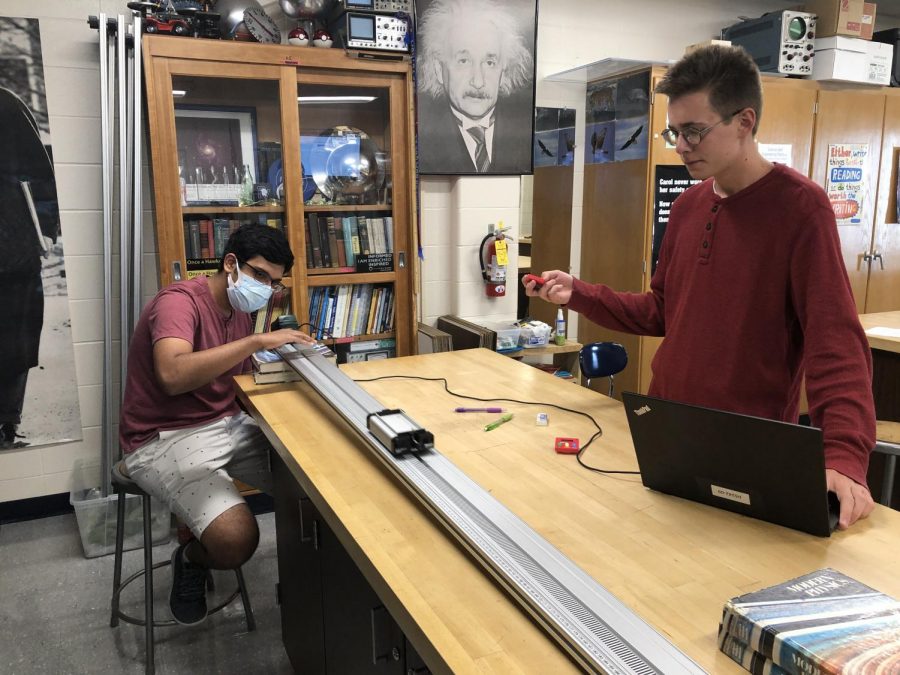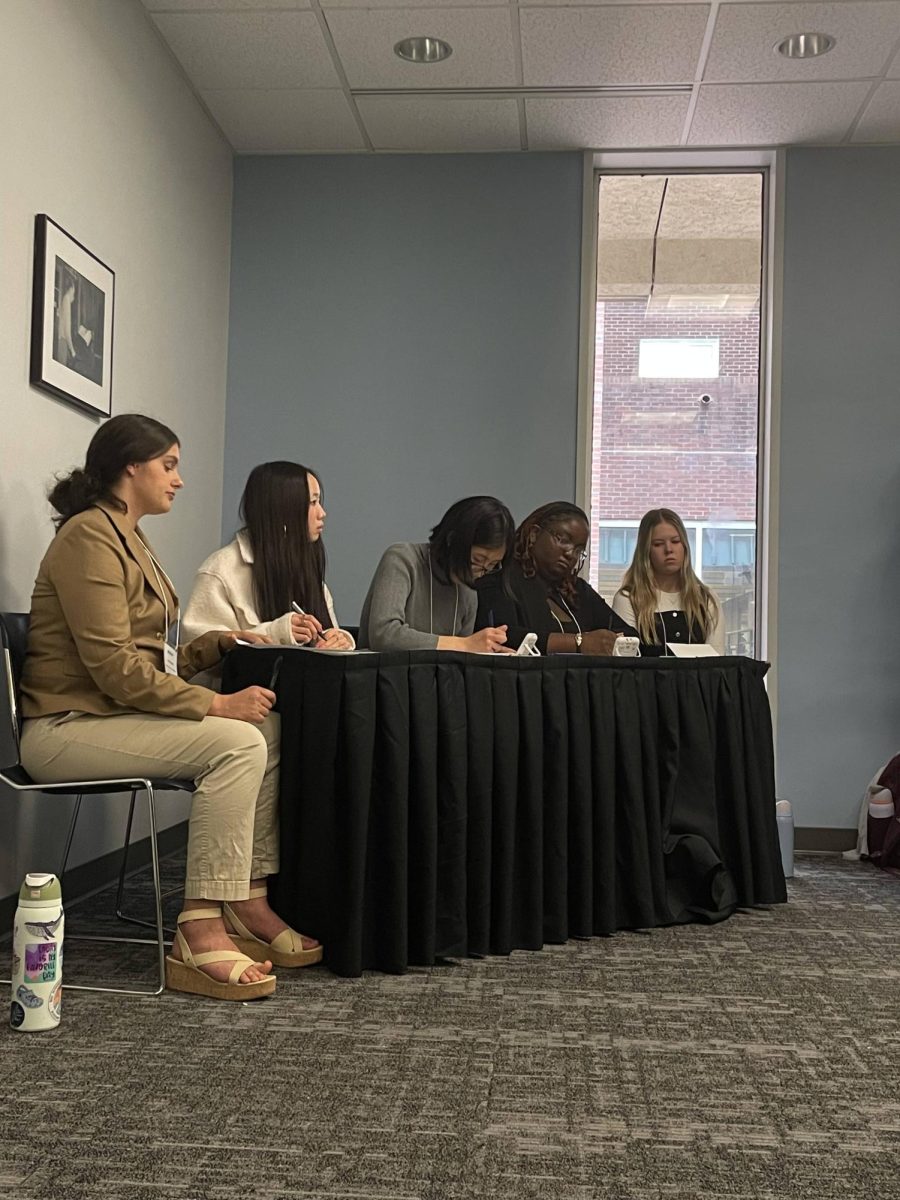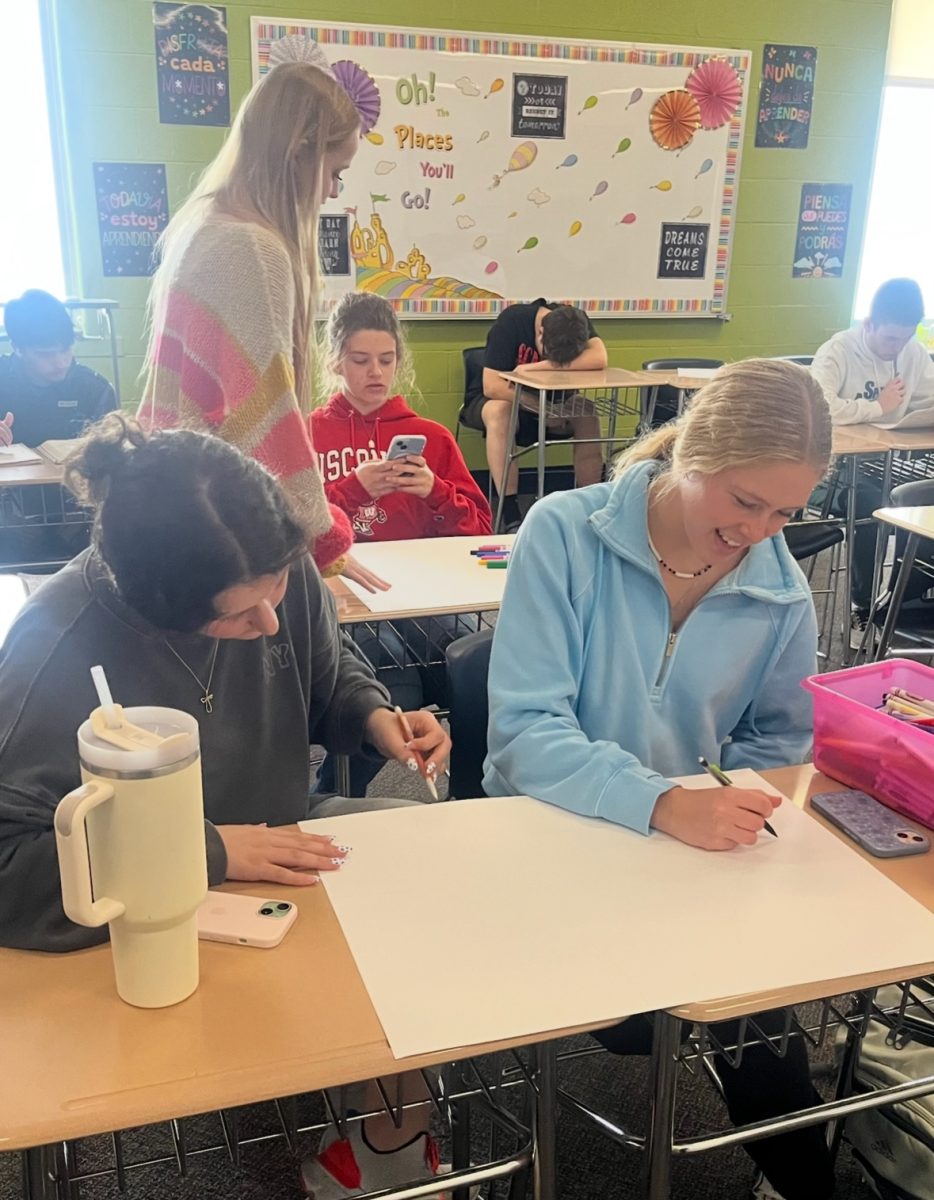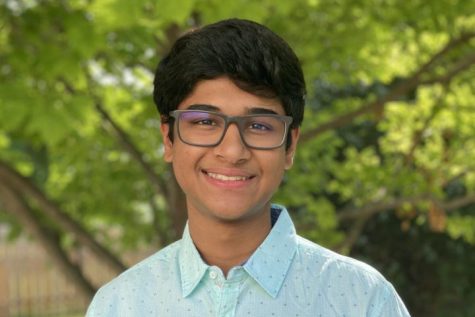Teachers are aware that each student has their own learning style that suits them best. In some cases, students can only learn when multiple styles are incorporated in their classes. This is especially true in science class where lectures, videos and labs are all used to teach the material to cater to all types of learners. But what if teachers had no choice but to temporarily stop the labs due to COVID-19?
PV physics teacher Ian Spangenberg had to do just that in the 2020-2021 school year.
No labs were conducted in AP Physics 1 or AP Physics 2 due to COVID. Instead, both of the classes consisted of instructor lectures and a few virtual labs, whenever possible. Last year’s hybrid schedule made incorporating labs difficult because only a half of the classes would have been able to experience them if conducted.
Spangenberg might have been the most disappointed with the absence of last year’s labs. Although he did not mind talking everyday, he was disheartened to see the students not able to experience the enjoyment from the labs. “Labs [are] what makes science fun,” he conveyed. “No one wants to constantly hear someone talk to them all day.”
Labs are deliberately created for students to enhance their comprehension of the various science topics. It provides a hands-on learning experience so students have the ability to explore the concepts and define them in their own words. If labs were never a part of the science curriculum, the students would have trouble honing their reasoning skills on the theories and concepts.
“You don’t truly understand something until you can explain it to someone else,” Spangenberg expressed. “If science concepts are so conceptually demanding, you have to be able to put it in your own words, so labs are the time to practice that.”
Spangenberg is ecstatic to have the opportunity to bring labs back for the 2021-2022 school year.
He noted that although the students are not necessarily smarter compared to last year, he has seen a positive change in the approaches to physics problems.
“In just hearing the students’ questions they’re asking me, their ability to phrase their thoughts in the right way is better,” said Spangenberg. “Physics isn’t just a bunch of equations; it’s a way of describing the world around us. So when students took a complex equation like Bernoulli’s Equation and applied it to something like a frisbee during the labs, it shows how their ability to apply their knowledge in that way is better.”
Senior Nathan Romans is currently an AP Physics 2 student who experienced having no labs in AP Physics 1.
Romans reflected on how his learning experience in physics advanced when labs were added back. “Although I didn’t even notice labs were gone before they were added back, I do like doing something and experiencing physics first-hand, instead of being like, ‘Here’s this, cool now understand it.’” Romans said.
Recently AP Physics 2 completed a lab regarding the fluids unit. The lab included working collaboratively with a small group at a lab table and understanding how an everyday item related to the unit worked. When the groups were done, they explained their findings to the rest of the class.
The lab was well-received by the class because the students not only had the chance to learn how physics is applied to the real world, but they had the opportunity to flip roles and teach the class.
Romans was appreciative of being able to do this type of lab because it helped him reinforce what was taught in the lectures. “This lab helped deepen my understanding of physics because you can actually see what was happening in part of the mini-lab and you can see how it was applied in the real-world,” he expressed.
Vishnu Challa is a senior who is also in AP Physics 2. He was a 100 percent online student last school year, which he thinks made learning physics difficult. “Being all-online all of last year was a bit stifling,” Challa explained. “Doing the virtual labs wasn’t as engaging and I couldn’t really see the in-class demonstrations. So doing the hands-on labs this year is a lot more informative and educational.”
Labs are what make science undoubtedly more interesting and engaging to students like Romans and Challa. Not only are labs fun to do, but they make science interactive and tactile in a way traditional lectures and demonstrations can never achieve. They elevate the science learning experience by allowing students to explore the application of the science in real-world scenarios. Romans and Challa represent the many excited students who look forward to a great year during which they can, once again, engage in fun experiments and deepen their knowledge in science.










Ryan Thoreson • Sep 30, 2021 at 2:41 pm
I thoroughly enjoy labs and felt as if I didn’t completely comprehend the information being taught last year during AP Physics 1 and I wish I would’ve had the opportunity to do the labs because I think it would’ve immensely improved my understanding of the class and the topics we learned throughout the entire year.